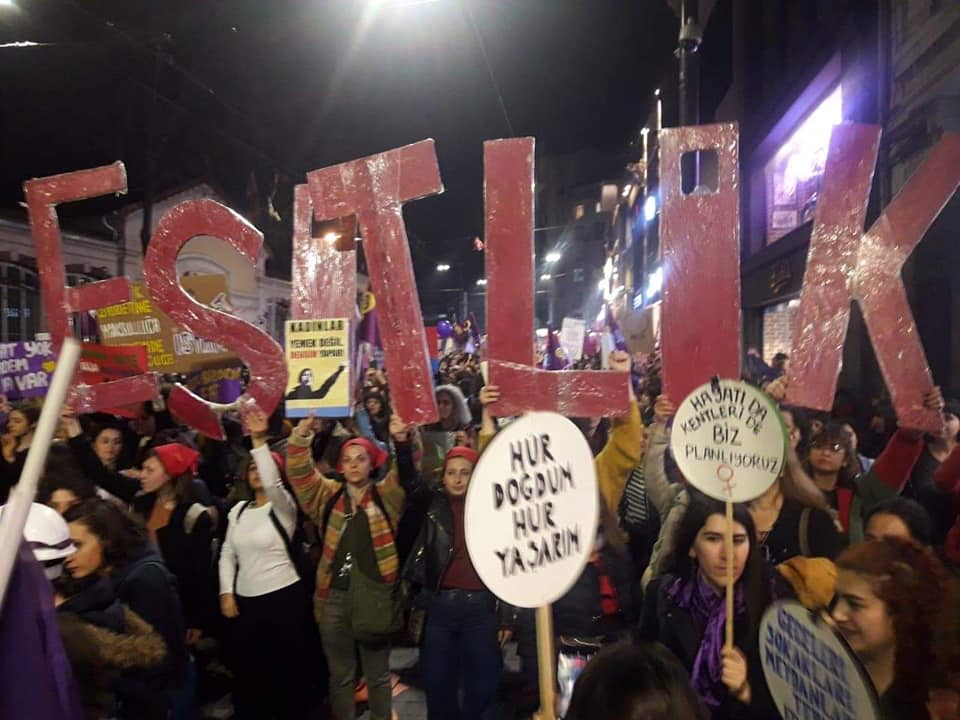- Öcalan Marx’ı Yine Aşmış da Nereye Varmış? – Güneş Gümüş - Aralık 14, 2025
- ULUSLARARASI SAVAŞ KARŞITI FİLM FESTİVALİ ÖDÜLLERİ SAHİPLERİNİ BULDU ! - Aralık 10, 2025
- Barışa Karşı mıyız? Sürece Nasıl Yaklaşmalı? - Kasım 25, 2025
Rental payments, for example, are made either by the bank or by physical delivery to the owner. An expense is an outflow of cash or other valuable assets from one person or organization to another in accounting. This outflow is typically one side of a trade in which the buyer receives products or services of equal or greater current or future value to the buyer than the seller. In technical terms, an expense occurs when a proprietary stake is lowered or exhausted, or when a liability is incurred. A cost is an estimate of how much someone will pay or spend to buy something. It can be very detailed, such as when someone inquires about the cost of an Audi in America from the showroom owner.
Expenses include fixed monthly expenses such as rent, utilities, etc. It is the sum that people should utilize for normal expenses https://www.wave-accounting.net/ and the payments that go along with them. The expenses are recorded in the profit and loss statement as they impact profit.
Opportunity cost refers to the missed opportunity to pursue another option. For example, the opportunity cost of working instead of going to school is that you miss out on an education. The opportunity cost of quitting your job so you can go to school is the loss of income from working. Future you will thank you for https://adprun.net/ making your emergency fund and retirement savings a priority. But in critical times, tactics like dipping into an emergency fund or applying for rental assistance programs may be necessary to help you pay rent when you can’t afford it. We believe everyone should be able to make financial decisions with confidence.
What is the difference between a cost and an expense?
It’s natural — and wise — to look at non-essential spending to free up space in your budget, but you can often find savings among necessary expenses, too. It also helps with asset valuation, enabling clients to more accurately report an asset at its net book value. Despite the differences between amortization and depreciation, on the income statement, both techniques are recorded as expenses. Business clients need a lot of assets to run their company and they turn to you for help in ensuring tax compliance and to mitigate their tax liabilities when acquiring property. As the name implies, the community suffers the social costs of private interests and economic expenses.
- The ongoing expense is expressed as a ratio of the total investment.
- For example, an increase in power rates or income taxes is an example.
- At the time of the next balance sheet, only 500 of the units are on hand and 1,500 units have been used in the business.
- Outsourcing your bookkeeping is more affordable than you would think.
- Be perpared with strategies to navigate the rapidly evolving indirect tax compliance landscape.
The term cost is used by the accountant to refer to a tangible asset, and even more particularly to depreciated assets. The cost of an asset comprises the cost of purchasing, acquiring, and setting up the item, as well as the cost of training the employee on how to use it. Wages, salaries, additional compensation, payroll tax, commissions (which can also be considered in the cost of goods sold), benefits, and a pension plan are all examples of compensation.
Cost value difference
It’s the amount that people should set aside for recurring expenses and payments. The cost of the goods is linked to the price offered by the vendor or maker. The impact of business loss and profit statements on spending is significant. Every day, business people use the terms “cost” and “expense.” But, exactly, what do these two phrases imply? Is it only a matter of using various words to express the same idea? In our commercial talks, we use the two terms interchangeably, yet they have different meanings and applications.
Non-operating expense
When it comes to accounting and marketing, the distinction between the two words is very obvious in the corporate world. Cost is used on something that has returns, while expenses are expenditures used on things that depreciate. Dummies has always stood for taking on complex concepts and making them easy to understand.
Foreign asset reporting and Form 8938 explained
All the business assets are combined for the purpose of the balance sheet. Running a business is no small feat and companies need both tangible and intangible assets to operate and drive profitability. However, being able to properly manage the costs and navigate the tax complexities can be challenging. The same concept applies for depreciation expense, which is a portion of a fixed asset that has been considered consumed in the current period and is then charged as a non-cash expense.
Join PRO or PRO Plus and Get Lifetime Access to Our Premium Materials
It can be an amount of money or the price you pay to get fixed assets. Cost is a one-time payment of capital and is forward to the balance sheet as a capitalized item. For example, if a company buys machinery for $50,000, then a company can say that a car costs $50,000. Businesses reflect it as a balance sheet item because it is a one-time payment. Accounting costs are those for which the entrepreneur pays cash upfront for the acquisition of manufacturing resources.
As nouns the difference between cost and expense
Intangible assets such as patents and copyrights don’t have a physical presence. Assume that Penway Manufacturing, Inc., makes toasters and needs to buy some new metal fabrication machines to form the outer shell of the toaster. Another way to manage costs is by negotiating with suppliers for better pricing or terms. You could also explore https://intuit-payroll.org/ switching vendors if there are more affordable options available without compromising quality. Our mission is to empower readers with the most factual and reliable financial information possible to help them make informed decisions for their individual needs. This is charged to the revenue of the period in which it is consumed.













